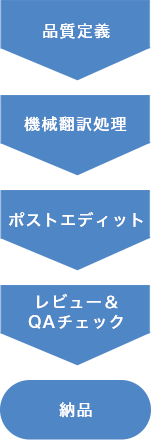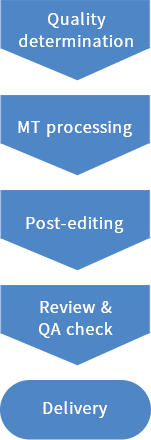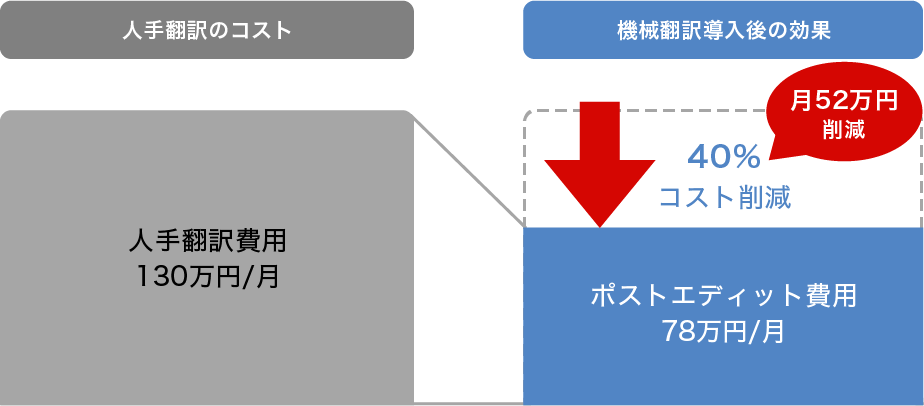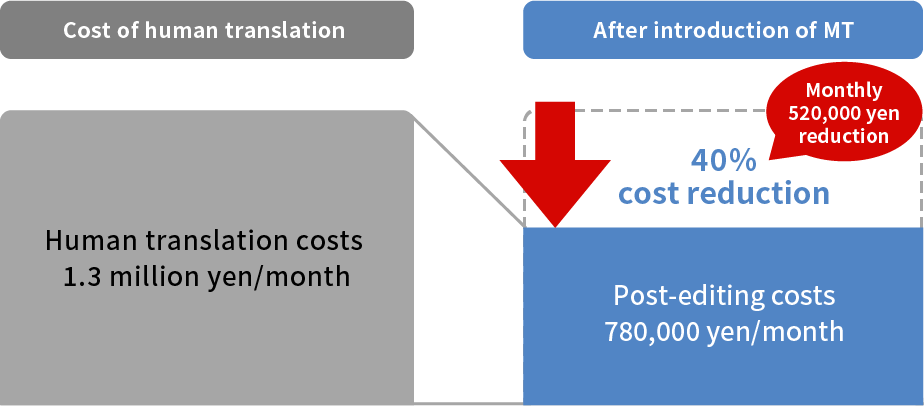Post-Editing (MTPE)
Service
- Localization: HOME
- Machine Translation
- Post-Editing (MTPE) Service
Conducting reliable post-editing (MTPE) with a wealth of translation support experience.
Post-editing (MTPE) is the process of revising the translation results of a machine translation engine.
It is performed when using machine translation for documents that require accuracy, such as instruction manuals and technical documents.
Human Science provides high-quality translations with a wealth of translation experience.
Introduction Companies
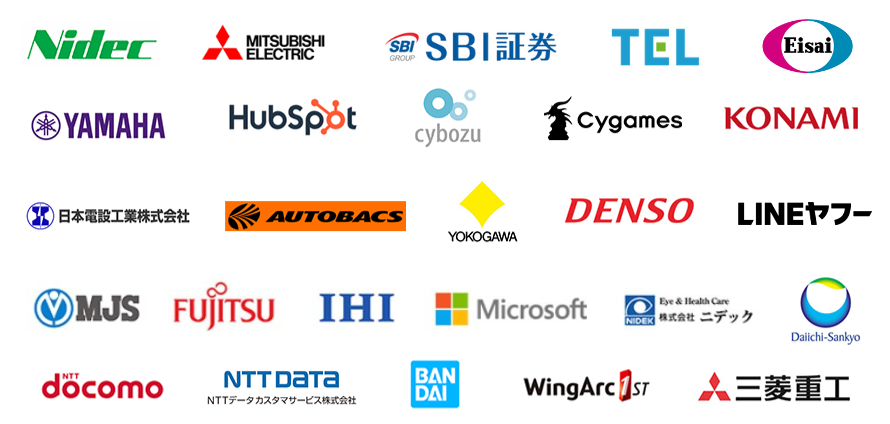
Post-Editing (MTPE) Outsourcing
A post-editor familiar with your industry will handle the post-editing (MTPE) on behalf of your company.
Features
A post-editor who can identify mistranslations of technical terms is in charge.

The post-editor in charge of post-editing (MTPE) is required to understand the quirks of machine-translated text and how to correct them.
Human Science selects post-editors with extensive knowledge and experience in not just post-editing (MTPE), but the specialized knowledge to correct linguistic mistranslations and improper terminology, as well as to improve the quality of the machine-translated output.
We have 92 post-editors who have undergone translation trials for each specialized field, such as manufacturing (automotive, machine tools, control equipment, robots, FA equipment, etc.), IT, pharmaceuticals, and healthcare.
■ Fields of Expertise
-

Industrial and Manufacturing Field
-

IT Field
-

Healthcare and Medical Device Field
Please feel free to contact us regarding areas other than the above.
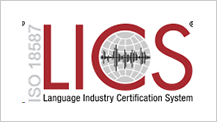
International Standards for Post-Editing
Human Science has obtained certification under the international standard that apply to post-editing, "ISO 18587:2017".
Workflow that achieves cost reduction and shortened delivery time while maintaining translation quality
"Even if machine translation is introduced for the purpose of cost reduction, will post-editing (MTPE) increase costs?"
Many customers have such concerns.
Certainly, if too much time is spent on post-editing, (MTPE) there is no point in using machine translation. It is important to determine the quality criteria for post-editing (MTPE) that achieves cost and time reduction while meeting quality requirements.
The workload of "post-editing (MTPE)" varies depending on the desired quality requirements.
Is it sufficient for the content to be accurately conveyed, or are fluency and readabilityalso required?
We will propose the optimal post-editing (MTPE) method that suits your budget, schedule, and quality requirements.
■ Post-Editing (MTPE) Workflow
■ Quality Definition
Before starting the post-editing (MTPE) process, we will discuss the level of correction required by the client for each project.
At Human Science, we offer two types of post-editing (MTPE) services: "Light Edit" and "Full Edit," depending on the level of correction needed for the translated text.
| Light Edit | Full Edit | |
|---|---|---|
| Quality level | No mistranslations or omissions | No mistranslations or omissions Fluent Consistent terminology and style |
| Cost | Cheap | Expensive |
| Cost and delivery time reduction from manual translation |
30-50% reduction | 10-30% reduction |
| Purpose of the translation | SNS Online support Internal documents (speed, cost-oriented) |
Catalog User manual (quality focused) |
■ Quality Management Guidelines
Once the desired quality is determined, we will create guidelines for all workers too share.
By adopting a common policy that is recognized by all workers to prevent excessive revisions, we achieve quality assurance and efficiency.
For some projects, a shared understanding may be achieved through samples.

You do not have to maintain a machine translation engine; we take care of everything
Human Science uses an engine to provide "machine translation processing + post-editing (MTPE)" services in one package. You can rest assured that the translation data will not be reused to train the machine translation engine.
We can propose the optimal workflow and operation method for machine translation engines, utilizing translation support tools (such as SDL Trados Studio / Memsource / MemoQ) and past translation assets such as translation memories. Please feel free to consult with us.
Human Science operates the engine
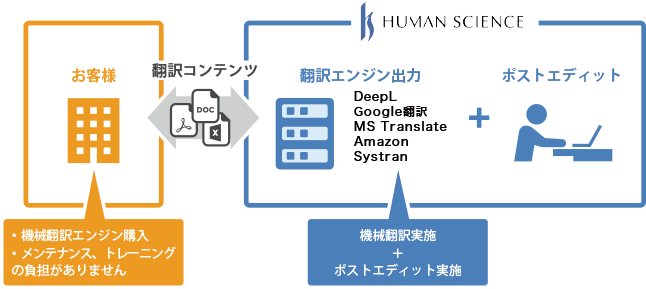
Post-Editing (MTPE) Fees
The rates for post-editing (MTPE) vary based on the field, translation volume, quality of the source text, and the presence of translation memory.
After defining the quality requirements via translation samples, we will provide a personalized estimate.
■ Model Fees
Translation from Japanese to English
If the translation rate per person is 13 yen
Full Edit: 9.1 yen (30% reduction compared to human translation)
Light Edit: 6.5 yen (50% reduction compared to human translation)
* Assuming that 100,000 characters per month are machine-translated into English at a rate of 13 yen per character and thencorrected via light editing.
* The actual cost may vary depending on the translation volume, quality of the Japanese text, and the presence of translation memory.
* The usage and implementation costs of the machine translation system are not included.
Supported Languages
Japanese, English, Chinese (simplified/traditional), Korean, Thai, Vietnamese, Indonesian, Turkish, French, Italian, German, Spanish, Iberian Portuguese, Dutch, Greek, Czech, Polish, Russian, Romanian, Bulgarian, Hungarian, Slovenian, Slovak, Estonian, Ukrainian, Croatian, Danish, Swedish, Norwegian, Finnish, Arabic, Brazilian Portuguese, etc.
Post-Editing (MTPE) Case Studies
-
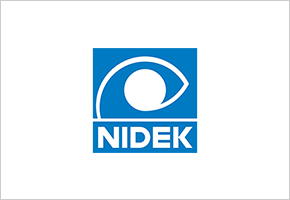 Nidec Corporation
Nidec Corporation
Ophthalmic Medical Device User Manual Machine translation has been introduced to reduce translation costs and shorten lead time for 5 languages. -
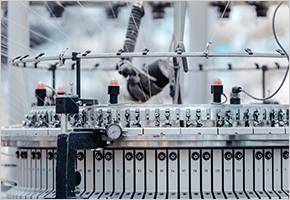 Japanese Electrical Equipment Manufacturer (listed on the first section of the Tokyo Stock Exchange)
Japanese Electrical Equipment Manufacturer (listed on the first section of the Tokyo Stock Exchange)
Web Manuals and FAQs Cost reduction and lead time reduction for expansion into 25 countries overseas. -
 Foreign IT Manufacturer
Foreign IT Manufacturer
Support Content Failed in the past with MT implementation. Successfully selected the optimal engine by our implementation support and transitioned from manual translation to MT translation. Reduced the cost and lead time of Japanese-English translation. -
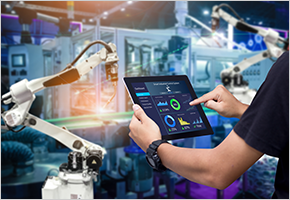 Industrial Machinery Manufacturer (Listed on the Tokyo Stock Exchange)
Industrial Machinery Manufacturer (Listed on the Tokyo Stock Exchange)
Technical Documents, Internal Documents Language: Japanese → English
Volume: Approximately 30,000 characters/month
Translation Engine: Google Translate
Team: 5 Post-editors
Post-Editing (MTPE)
Useful Materials
① 9 Machine Translation Errors and Post-Edit Samples
& Post-Edit Check Sheet
In this document, we cover the differences between a Light Edit and Full Edit after machine translation, with nine specific examples. Learn common errors in Japanese to English machine translation.
In addition, a checklist for post-editing completion is also included. This content summarizes common pitfalls in post-editing such as writing style, mistranslations, and grammar checks, so try applying it to your regular post-editing work.
② Japanese to English Large-Scale Document Translation Service Introduction
This document introduces our approach to handling common challenges in large-scale document translation, with examples. It also explains why Human Science is so highly rated.
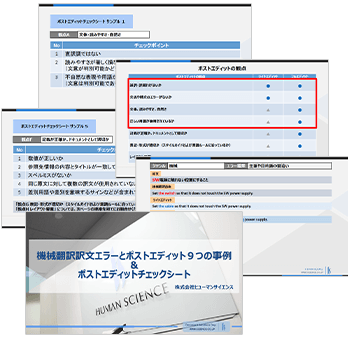
Offer

